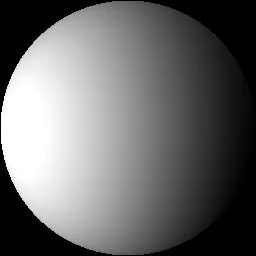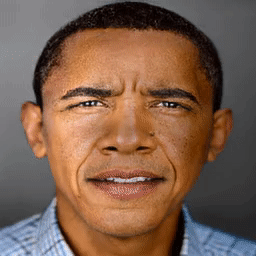Face Relighting In The Wild
Relighting plays an essential role in realistically transferring objects from a captured environment into another one. In particular, current applications like telepresence need to relit faces consistently with the illumination conditions of the target environment to offer an authentic immersive experience. Traditional physically-based methods for portrait relighting rely on an intrinsic image decomposition step, which requires to solve a challenging inverse rendering problem in order to obtain the underlying face geometry, reflectance material and lighting. Inaccurate estimation of these components usually leads to strong artifacts (e.g. artificial highlights or ghost effects) in the subsequent relighting step. In recent years, several deep learning architectures have been proposed to address this limitation. However, none of them are free from these artifacts.
In my Master thesis, we propose a general framework for automatic relighting enhancement using the StyleGAN generator as a photorealistic portrait prior. Specifically, we apply the ratio image-based face relighting to an artificial portrait dataset generated using the StyleGAN model. Next, we refine this dataset by projecting back the relit samples into the StyleGAN space. Then, we train an autoencoder network to relit portrait images from a source portrait image and a target spherical harmonic lighting. We evaluate the proposed method on our synthetic dataset, the Laval face and lighting dataset and the Multi-PIE dataset both qualitatively and quantitatively. Our experiments prove that this method can enhance the state of the art single portrait relighting algorithm for synthetic datasets. Unlike this algorithm, we achieve these results relying on a synthetic dataset five times smaller employing a traditional training scheme.
Results:


Advisor: Justus Thies Supervisor: Matthias Niessner